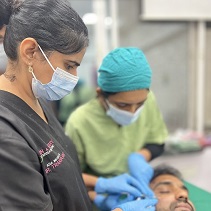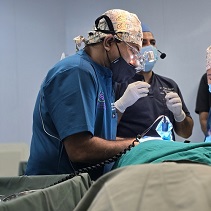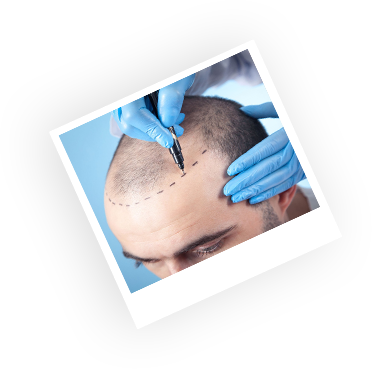
-
email
[email protected] -
WhatsApp
9096694007
Neck Lift / Jawline Shaping
Skin & Surgery International - Neck Lift / Jawline Shaping in Pune
For several individuals, the neck is the first area to show age. For individuals who have lost weight, an unlucky side effect might be leftover, loose hanging skin that has lost its elasticity. Whether it’s band lines, surplus skin or fat, a neck lift can bring your neck back into shape.
What is Neck-Lift all about?
A neck lift often combines liposuction to remove fat, cervicoplasty to eliminate excess skin, and platysmaplasty to tighten neck muscles and remove band lines. It may also be part of a broader treatment plan, including facelift, forehead lift, or eyelid surgery. For a less invasive option, consider a micro neck lift.
Procedure
Neck lifts are usually performed by board-certified plastic surgeons and can be done in an office, outpatient center, or hospital. The surgery may take from one hour to several hours and can be done under local or general anesthesia, typically without an overnight stay. Endoscopic techniques offer benefits like smaller incisions, no general anesthesia, less bruising, and faster recovery. Discuss this option with your doctor.
What to expect from the Procedure?
Your surgeon will explain the techniques, incision placements, and risks associated with the procedure. An intravenous line will be started for fluids and medications, and you'll be monitored for vital signs. An oral sedative may be given to keep you calm.



Advantages of Neck Lift
- Youthful Appearance: Reduces sagging, wrinkles, and excess fat for a smoother, firmer neck.
- Enhanced Contour: Improves the overall shape and definition of the neck and jawline.
- Boosted Confidence: Can enhance self-esteem by improving the appearance of the neck area.
- Long-Lasting Results: Provides durable results compared to non-surgical treatments.
- Complementary: Often enhances the results of other facial procedures, such as facelifts.
Video Playlist
Patient Reviews
I had an amazing experience at Skin and Surgery International clinic in Pune. One of the best aesthetic clinics I have been to. Completely trust Dr. Nitin Jain and his team. The clinic manages to be friendly and relaxed. but also extremely professional. I am a very satisfied customer. From reception to staff to doctors, you'll receive 5-star service. The treatment I had on my dark elbow took 2 sessions, and the results were wonderful. This clinic is highly recommended for a visit.
- Sakshi Ghojage
My experience with Dr. pradeep Kumari has been really amazing. I’ve been visiting the clinic for the past 2 years and my results are great. My acne has cleared up and face has become brighter. Dr. Pradeep and rest all doctors very patiently listens to all my concerns and provides a detailed advice clearing all my doubts. My experience with the chemical procedures has also been very satisfying. All the doctors and staff there are very friendly and go to for any problems.
- Shobhana Garg
FAQS
What is a neck lift?
A neck lift is a surgical procedure designed to improve the appearance of the neck by removing excess skin, fat, and tightening the underlying muscles to reduce sagging and create a more defined contour.
What are the different types of neck lift procedures?
Common types include liposuction for fat removal, cervicoplasty for excess skin removal, and platysmaplasty for tightening neck muscles. Procedures can be combined for comprehensive results.
How is a neck lift performed?
A neck lift can be performed using traditional techniques with larger incisions or endoscopically with smaller incisions and a camera for less invasive treatment. The choice depends on the specific needs of the patient.
What is the recovery time after a neck lift?
Recovery after a neck lift generally involves some swelling and bruising, with most people resuming normal activities within 1-2 weeks. Full results typically become visible after a few months.
Book Appointment










